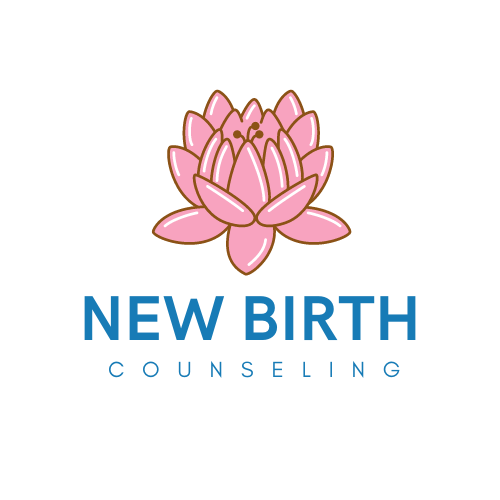Breaking the Cycle: Overcoming Negative Body Image
In a world where societal pressures and unrealistic beauty standards abound, it's no wonder that many individuals grapple with negative body image. From the barrage of flawless images on social media to the constant stream of diet culture messaging in advertisements, it's easy to fall into the trap of comparing oneself to an unattainable ideal. However, it's important to recognize that negative body image not only takes a toll on our mental and emotional well-being but can also have serious repercussions for our physical health. In this article, we'll explore strategies for breaking free from the cycle of negative body image, fostering self-compassion, and embracing body positivity.
I. Introduction
In today's image-obsessed society, negative body image has become increasingly pervasive, affecting individuals of all ages, genders, and backgrounds. From teenagers feeling pressure to conform to unrealistic beauty standards to adults struggling with body dissatisfaction, the impact of negative body image can be profound. However, by understanding the root causes of negative body image and learning to challenge harmful thought patterns, it is possible to cultivate a healthier relationship with our bodies.
II. Understanding Negative Body Image
Negative body image refers to a distorted perception of one's own body, often characterized by feelings of inadequacy, shame, and self-loathing. This distorted perception can be influenced by a variety of factors, including media representations of beauty, societal expectations, and past experiences of trauma or bullying. Additionally, individual factors such as genetics, temperament, and personality can also play a role in shaping how we perceive our bodies.
III. Recognizing the Signs
It's important to recognize the signs of negative body image in ourselves and others in order to address them effectively. Some common signs of negative body image include obsessive thoughts about appearance, avoidance of social situations, engaging in unhealthy behaviors such as restrictive dieting or excessive exercise, and comparing oneself unfavorably to others. By becoming aware of these signs, we can begin to take steps towards healing and self-acceptance.
IV. Challenging Negative Thought Patterns
One of the most powerful tools for overcoming negative body image is learning to challenge and reframe harmful thought patterns. Cognitive-behavioral techniques, such as cognitive restructuring and thought challenging, can help individuals identify and challenge negative beliefs about their bodies. By replacing these negative thoughts with more realistic and compassionate ones, we can begin to cultivate a more positive body image mindset.
V. Cultivating Self-Compassion and Acceptance
Self-compassion is another essential component of overcoming negative body image. By treating ourselves with kindness, understanding, and acceptance, we can begin to counteract the harmful effects of self-criticism and self-judgment. Mindfulness practices, such as meditation and deep breathing exercises, can help us cultivate self-compassion by bringing our attention to the present moment and fostering a sense of inner peace and acceptance.
VI. Building a Support System
Building a strong support system is crucial for overcoming negative body image. Friends, family members, and mental health professionals can provide invaluable support and encouragement during difficult times. By reaching out for help and sharing our struggles with trusted individuals, we can feel less alone in our journey towards self-acceptance and body positivity.
VII. Embracing Body Positivity
The body positivity movement encourages individuals to embrace their bodies as they are, free from judgment and shame. By celebrating diversity and challenging narrow beauty standards, the body positivity movement promotes acceptance, inclusivity, and self-love. Engaging in body-affirming activities, such as practicing self-care, surrounding ourselves with body-positive media, and participating in activism, can help us embrace our bodies and celebrate our worth beyond physical appearance.
VIII. Conclusion
In conclusion, overcoming negative body image is a journey that requires patience, self-compassion, and support. By challenging negative thought patterns, cultivating self-compassion, building a support system, and embracing body positivity, we can break free from the cycle of negative body image and learn to love and accept ourselves as we are.
New Birth Family Counseling: A Path to Healing
For individuals struggling with negative self-esteem and body image, seeking professional help can be a crucial step towards healing. New Birth Family Counseling offers specialized therapy services tailored to individuals dealing with issues related to self-esteem, body image, and self-worth. Through a combination of individual counseling, group therapy, and holistic treatment approaches, clients can explore the underlying causes of their negative body image and develop healthier coping strategies. With the guidance and support of compassionate therapists, clients can embark on a journey of self-discovery, healing, and personal growth. If you or someone you know is struggling with negative self-esteem or body image issues, don't hesitate to reach out for help. With the right support and resources, it is possible to break free from the grip of negative body image and embrace a healthier, more positive relationship with oneself.
